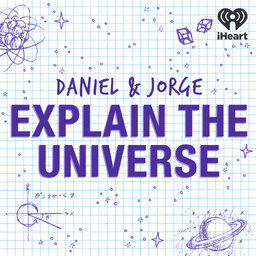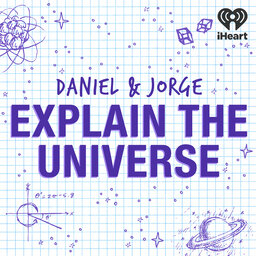The mysterious sources of the Van Allen radiation belts
Daniel and Jorge talk about the strange belts of particles surrounding the Earth, and the South Atlantic Anomaly
Learn more about your ad-choices at https://www.iheartpodcastnetwork.com
See omnystudio.com/listener for privacy information.
 Daniel and Jorge Explain the Universe
Daniel and Jorge Explain the Universe


